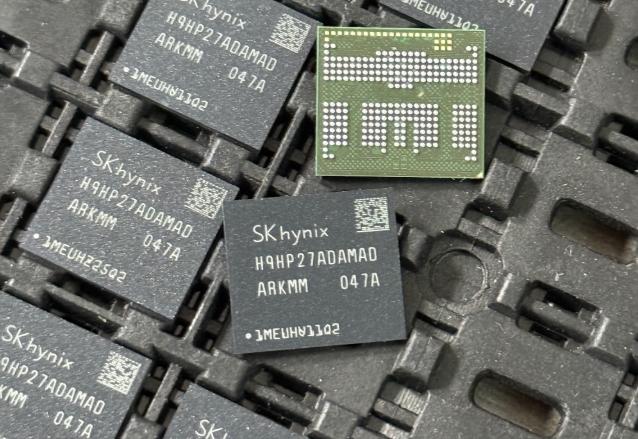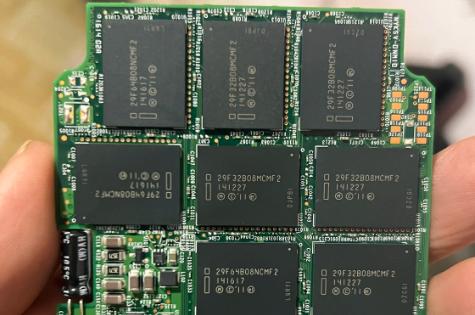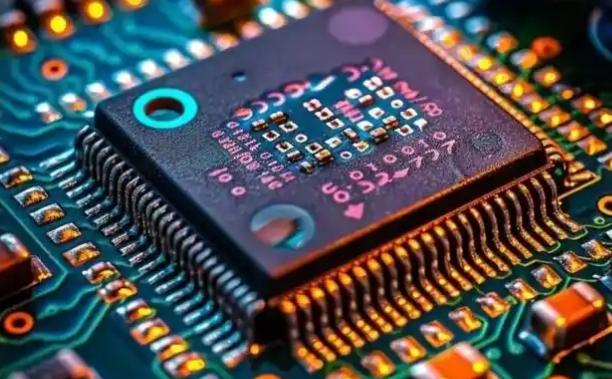Hello! now About Us
Technical Characteristics Analysis of the Evaluation and Demonstration Board EVAL3KWDBPFCC7TOBO1
6/17/2025 2:47:22 AM
In the context of rapid advancements in power electronics technology, evaluation and demonstration boards serve as critical tools for verifying the performance of novel components and accelerating product development cycles. Their technical features directly determine engineers' design efficiency and system reliability. Infineon's EVAL3KWDBPFCC7TOBO1 evaluation board stands out as a benchmark for high-power-density power supply system design, leveraging high power density, a fully digital control architecture, and advanced power device combinations. This article delves into the technical highlights of this evaluation board from four perspectives: topology structure, core components, control strategy, and typical application scenarios.
1. Dual-Phase Bridgeless PFC Topology: Breaking Through Traditional Efficiency Bottlenecks
The EVAL3KWDBPFCC7TOBO1 employs a dual-phase bridgeless Boost PFC topology, significantly reducing conduction losses by eliminating the diode voltage drop of traditional rectifier bridges. Operating in Continuous Conduction Mode (CCM) with a 90 kHz high-frequency switching design, the system achieves over 98% efficiency at loads above 20%. The advantages of the dual-phase architecture include:
Current Ripple Suppression: The interleaved parallel design of the two phases reduces input current ripple to half that of a single-phase topology, minimizing the size of the EMI filter.
Dynamic Response Optimization: Phase-interleaved control enhances transient response speed by 30%, making it suitable for voltage-sensitive applications like data center servers.
Thermal Stress Distribution: Power devices share the load current evenly, avoiding single-point overheating and extending component lifespan.
2. CoolMOS™ C7 Superjunction MOSFETs: A Perfect Balance Between High Voltage and Low Resistance
The core power devices of the evaluation board are 650V CoolMOS™ C7 superjunction MOSFETs (IPZ65R045C7/IPW65R045C7), whose technical parameters underscore Infineon's leadership in high-voltage power devices:
On-Resistance (Rds(on)): 45 mΩ (@10V gate drive), a 40% reduction compared to traditional Si MOSFETs.
Switching Losses (Eoss): 1.5 μJ (typical), enabling high-frequency designs.
Package Optimization: The TO-247 4-pin package integrates a Kelvin source connection, eliminating parasitic inductance in the gate drive loop and improving switching speed.
Additionally, the board incorporates CoolSiC™ Schottky diodes (IDH06G65C5), whose zero reverse recovery characteristics further reduce switching losses, enabling the system to exceed 98.5% efficiency at full load.
3. Fully Digital Control Architecture: Ensuring Flexibility and Reliability
The control core of the EVAL3KWDBPFCC7TOBO1 is the XMC1302 microcontroller, whose digital control architecture offers the following advantages:
Parameter Programmability: Real-time adjustment of PFC loop parameters, soft-start time, and protection thresholds via a graphical user interface (GUI), accommodating different input voltages (230V±15%) and load conditions.
Fault Diagnostics: Built-in voltage/current monitoring circuits capture abnormal events such as overvoltage, overcurrent, and overtemperature, uploading fault logs via a UART interface.
Synchronous Rectification Support: The EiceDRIVER™ 2EDN7524F driver enables synchronous rectification of secondary-side MOSFETs, eliminating Schottky diode voltage drops and improving light-load efficiency.
4. Typical Application Scenarios and Scalability Design
Tailored for high-power-density applications such as server power supplies, telecom rectifiers, and industrial SMPS, the evaluation board's technical features meet the following requirements:
80+ Titanium Efficiency Standards: Maintains over 94% efficiency at 10% load, meeting the stringent low-load efficiency demands of data centers.
Compact Design: Achieves 3 kW power output in a 230mm×140mm×45mm form factor, delivering a power density of 10 W/cm³.
Compatibility and Scalability: Offers SPI, I²C, and PWM interfaces, supporting integration with external digital controllers or monitoring systems.
5. Technological Evolution and Industry Value
Compared to its predecessor (e.g., EVAL_3KW_DB_PFC_C7), the EVAL3KWDBPFCC7TOBO1 achieves breakthroughs in:
Power Device Upgrades: Transitioning from CoolMOS™ CFD7 to C7 series reduces on-resistance by 20% and switching losses by 15%.
Increased Control Frequency: Raising the frequency from 65 kHz to 90 kHz reduces passive component size by 30%.
Enhanced Reliability: Adding input voltage surge suppression circuits and MOSFET body diode reverse recovery protection extends MTBF to 500,000 hours.
This evaluation board not only provides engineers with a platform to validate the performance of CoolMOS™ C7 but also lowers the development barrier for high-power-density power supply systems through its modular design. For instance, in electric vehicle charger designs, its dual-phase topology and high-frequency control technology can be directly applied to bidirectional DC/DC converters, optimizing both charging efficiency and size.
Conclusion
The EVAL3KWDBPFCC7TOBO1 evaluation board redefines the design boundaries of high-power-density power supply systems through the synergistic innovation of its dual-phase bridgeless PFC topology, CoolMOS™ C7 superjunction MOSFETs, and fully digital control architecture. Its technical features align with the stringent efficiency and size requirements of current applications like data centers and 5G base stations, while also providing a reusable design paradigm for the large-scale adoption of third-generation semiconductor materials (e.g., SiC). As power electronics technology evolves toward higher frequencies and efficiencies, the value of such evaluation boards will become increasingly prominent.
Fudong Communication (Shenzhen) Group Co., Ltd., established in 2004, is a specialized global first tier semiconductor agent/distributor.
Fudong Mall is an online e-commerce platform belonging to Fudong Communication (Shenzhen) Group Co., Ltd. Fudong collaborates with global electronic component distributors and Chinese spot inventory suppliers.









